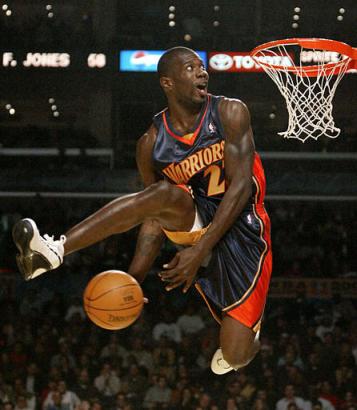1. Competitive Nature
The type of person who will excel at basketball is a competitive person who feels a strong urge to be the best on the court. They will fight for rebounds, block shots, and fully invest themselves in each and every shot. If you do not beat up on yourself at least a little when you know you didn't give it your all and failed, you may not be competitive enough.
2. Open to Coaching
If you cannot be coached, you will not succeed. You need to be open to being openly criticized and improve on weaknesses when they are pointed out. A good player knows they have a lot to learn, no matter how good they are, and leverages their coach for success.
3. An Obsession for Practice
Showing up for required practices and games is not enough—if you want to be mediocre, that is fine, but a winning player will practice whenever they can and put out the extra effort. Laser skills only come with this kind of practice. Winners are not simply born, and raw talent is never enough.
4. Strong Self Discipline
Self discipline goes beyond a commitment to practice—solid athletes will often need to control themselves where non-athletes do not have to. Life is full of distractions and alternate paths. Even young players will have to avoid making poor mistakes as simple as eating the wrong things or as complex as walking away from a fight at school. Pro athletes serve as an example and get lots of media attention and so must restrain themselves just as much.
5. The Ability to Face Challenges
Life is a constant challenge for an athlete. Besides mustering the strength to make the right choices and put in all the effort, you will constantly face opposition from both your own limitations and the people you play against. You have to get up when you fail and try again. You have to have the tenacity to play all the way to the last second, even when there is no way to win—this is what it means to give it your all.
Most importantly, can you do this all every day? The life of an athlete does not have an "off switch"—not if you want to be a true champion. You need to be willing to make a full-time commitment to practice and put in the extra time while others sleep and take a break. To defeat your own weaknesses and perfect your strengths.
It's a commitment to a way of life, and not everyone is made for this.



